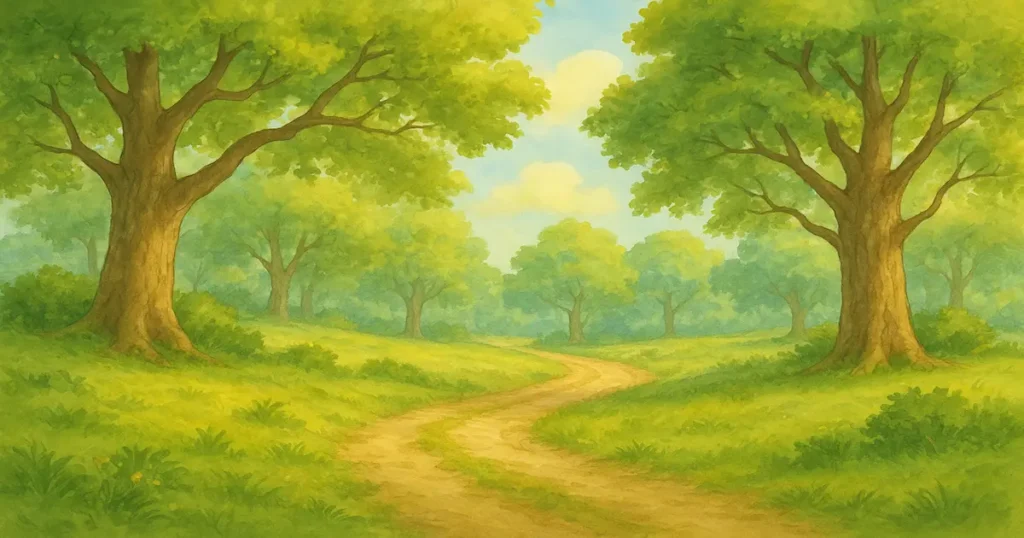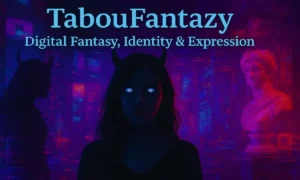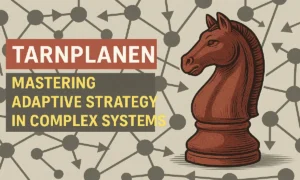Winnie the Pooh and his friends charm readers of all ages. Their simple adventures in the Hundred Acre Wood carry deeper meaning. Many see these beloved characters as mirrors of mental health challenges.
This article explores the mental health themes tied to Pooh and his pals, offering a fresh look at their behaviors. Our guide uses insights from psychology to explain these connections in simple terms.
Whether you’re a fan of Pooh or curious about mental health, this is for you. We’ll highlight how these characters reflect real-life struggles and coping methods. Join us as we uncover the hidden lessons in the Hundred Acre Wood.
1. Winnie the Pooh: Possible Attention Issues
Pooh loves honey and simple joys. His focus often drifts, especially when food is involved. Some see this as signs of attention-deficit/hyperactivity disorder (ADHD). Pooh struggles to stay on task, like when he forgets plans to chase honey.
His impulsivity shows in quick decisions, like climbing trees without thinking. Yet, Pooh’s kind heart keeps him lovable. His story reminds us that focus challenges don’t define a person.
“You’re braver than you believe, stronger than you seem, and smarter than you think.” – Christopher Robin
“Sometimes the smallest things take up the most room in your heart.” – Winnie the Pooh
“A day without a friend is like a pot without a single drop of honey left inside.” – Winnie the Pooh
“Rivers know this: there is no hurry. We shall get there someday.” – Winnie the Pooh
2. Piglet: Living with Anxiety
Piglet is small and often nervous. He worries about danger, even in safe places. This mirrors generalized anxiety disorder. Piglet’s stuttering and hesitancy show how anxiety affects confidence.
Still, he faces fears, like helping friends during storms. His courage teaches us that anxiety doesn’t stop bravery. Support from friends like Pooh helps Piglet cope, a key lesson for real-life anxiety.
3. Tigger: Bouncing with Energy
Tigger’s endless energy lights up the Wood. He bounces everywhere, rarely slowing down. Some link this to hyperactive ADHD or even bipolar tendencies. Tigger’s impulsiveness, like crashing into others, can disrupt plans.
But his optimism lifts everyone’s spirits. Tigger shows how high energy can be a strength when channeled well. His story highlights the need for balance in managing intense emotions.
Character Traits and Mental Health Insights
| Character | Personality Traits | Mental Health Reflection |
|---|---|---|
| Winnie the Pooh | Calm, food-loving, simple-minded | Represents mindfulness, finding joy in small things. |
| Piglet | Shy, timid, loyal | Mirrors anxiety yet shows courage when supported. |
| Tigger | Energetic, impulsive, playful | Reflects traits of ADHD, thrives with acceptance. |
| Eeyore | Pessimistic, gloomy, slow-paced | Symbolizes depression, needs empathy and companionship. |
| Rabbit | Organized, controlling, fussy | Highlights OCD-like behaviors and need for order. |
| Owl | Wise, talkative, intellectual | Represents overconfidence and overthinking patterns. |
4. Eeyore: Signs of Depression
Eeyore’s gloomy outlook is hard to miss. He often feels down, expecting the worst. This resembles clinical depression. His low energy and self-doubt, like thinking he’s a burden, reflect common symptoms.
Yet, Eeyore’s friends never give up on him. Their support shows how connection helps with depression. Eeyore’s quiet resilience reminds us that hope persists, even on tough days.
5. Rabbit: Perfectionism and Stress
Rabbit loves order and control. He gets upset when plans go wrong. This points to obsessive-compulsive tendencies or high stress. Rabbits’ need for perfect gardens or schedules can overwhelm them.
His frustration shows how perfectionism fuels anxiety. Still, Rabbit learns to loosen up with friends’ help. His arc teaches us to balance structure with flexibility.
Read this blog post: Mental Health Waivers in the Military: What You Must Know
6. Owl: Overconfidence or Insecurity?
Owl acts wise but often make mistakes. His long-winded advice hides self-doubt. Some see this as narcissistic traits or insecurity masking as confidence. Owl’s need to seem smart can isolate him. Yet, his willingness to help shows good intent.
Owl’s story suggests that true wisdom comes from admitting limits and learning from others.
7. Kanga and Roo: Caregiving and Dependence
Kanga is a nurturing figure, always watching Roo. Her protective nature reflects healthy caregiving. Roo’s reliance on Kanga shows normal childhood dependence. Together, they highlight the balance of support and independence.
Kanga’s calm approach teaches us how steady care helps mental well-being. Their bond reminds us of the power of family in tough times.
8. Christopher Robin: Emotional Maturity
Christopher Robin guides his friends with care. He’s calm and understanding, like a young therapist. His role suggests emotional intelligence, rare for a child. He helps Pooh and others navigate feelings, showing leadership. Christopher Robin’s patience reflects healthy mental coping skills. His presence teaches us how empathy strengthens communities.
9. The Hundred Acre Wood: A Safe Space

The Wood itself is a haven for the characters. It’s where they face fears and find comfort. This mirrors the idea of a safe mental space. The group’s acceptance of each other’s quirks shows community support.
Heartwarming quote from Winnie the Pooh that beautifully connect with the idea of The Hundred Acre Wood as a safe space:
“It never hurts to keep looking for sunshine.” – Eeyore
Their adventures highlight how shared experiences build resilience. The Wood reminds us that a caring environment aids mental health.
Also Visit: 50 Powerful Topics for a Mental Health Speech
10. Lessons for Real Life
Pooh’s world offers mental health insights. Each character’s struggles and strengths reflect human experiences. They show that challenges like anxiety or depression are normal. Their friendships highlight the value of support and understanding.
Life Lessons from the Hundred Acre Wood
| Lesson | Character Example | Mental Health Value |
|---|---|---|
| Embrace Simplicity | Pooh’s love for honey | Practicing mindfulness reduces stress. |
| Courage Despite Fear | Piglet facing adventures | Managing anxiety with support systems. |
| Energy & Joy | Tigger’s enthusiasm | Balancing hyperactivity with positive outlets. |
| Compassion | Friends caring for Eeyore | Importance of empathy in relationships. |
| Balance & Boundaries | Rabbit’s structure | Healthy routine builds emotional stability. |
These stories encourage us to embrace our flaws and seek help when needed. Pooh’s simple wisdom inspires hope and kindness.
Conclusion
The Hundred Acre Wood is more than a storybook place. Its characters teach us about mental health in relatable ways. From Piglet’s bravery to Eeyore’s quiet strength, they show how we all face challenges.
Their friendships remind us to support each other. As we leave the Wood, let’s carry its lessons of hope, kindness, and resilience into our lives.
FAQs
Do Winnie the Pooh characters really show mental health issues?
The characters’ traits resemble mental health conditions, like anxiety or depression. While not diagnosed, they reflect real-life struggles in a relatable way.
Is it okay to use Pooh to teach kids about mental health?
Yes, Pooh’s stories can spark talks about feelings. Their simple lessons help kids understand emotions and empathy with adult guidance.
Why does Piglet seem so anxious?
Piglet’s constant worry and nervousness mirror anxiety symptoms. His small size and cautious nature amplify his fears, but he shows courage.
How does Eeyore represent depression?
Eeyore’s sadness, low energy, and negative outlook reflect depression. His story shows how support from friends can help lift spirits.
Can Tigger’s energy be a mental health concern?
Tigger’s high energy and impulsivity may suggest hyperactive ADHD or bipolar traits. His story highlights managing energy with balance.












